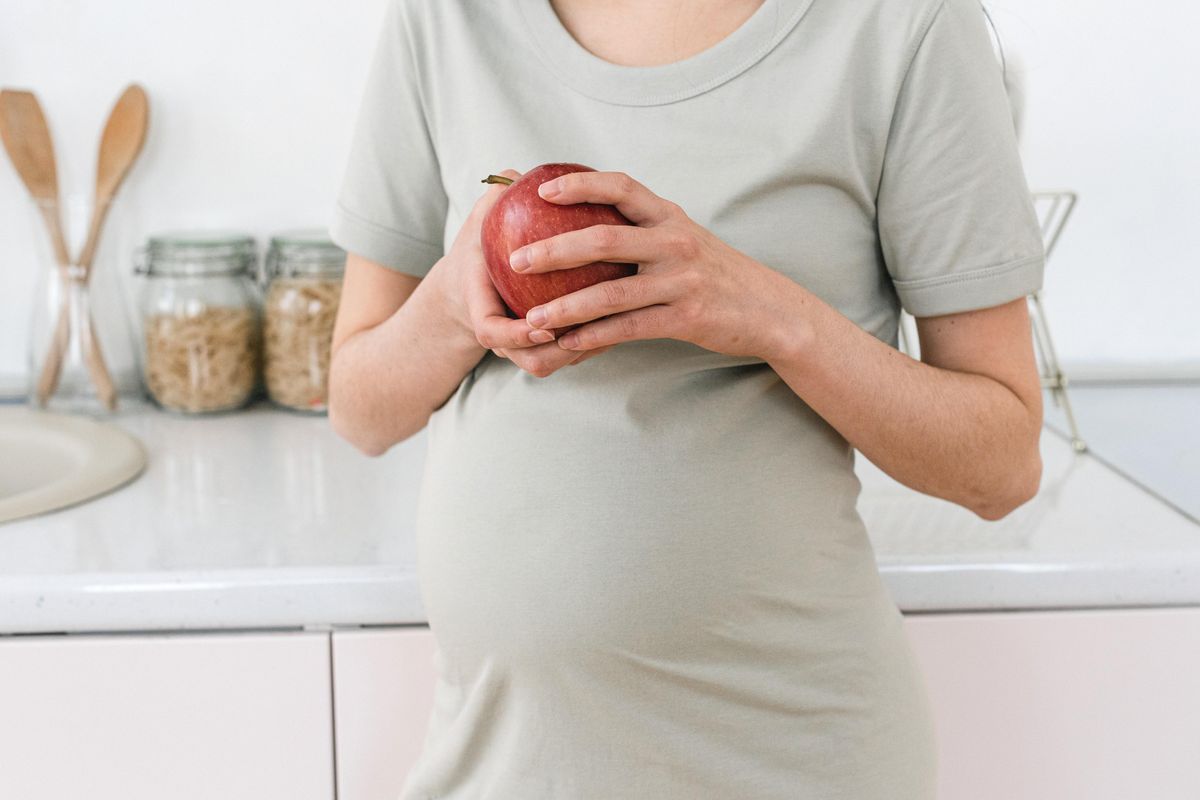

Learn about our editorial policies
Medically Reviewed
Q:
What does an eating plan for a pregnant woman look like?
A:
Interestingly, it looks similar to a healthy eating plan for an adult woman who isn't pregnant, just with more calories and special attention to certain vitamins and minerals. During pregnancy women should eat plenty of fresh fruits and vegetables, whole grain products, lean meats or meat substitutes and low-fat dairy foods. Foods with little nutritional value, such as sweets and fats, should be consumed sparingly. You should also drink plenty of fluids, although avoid drinking alcohol, and limit caffeinated beverages. During the second and third trimesters of pregnancy your body and the baby's body are growing so you need about 300 more calories and about 10 extra grams of protein each day. In addition, you need additional iron, calcium, zinc, folic acid and B6 for your baby's growth.
Because it is important to get enough folic acid in the months before you conceive, your diet should contain plenty of foods with naturally occurring folate, such as orange juice, green leafy vegetables, beans, peanuts, broccoli, asparagus, peas and lentils. To make sure you meet your vitamin and mineral needs, your health care provider will likely prescribe a prenatal multivitamin. Protein, calorie and calcium requirements can easily be met from food sources. By having three servings from the milk group, four servings from the vegetable group, two to three servings from the fruit group, two to three servings from the meat or meat substitutes group, and seven to nine servings from the bread/grain group, you will be on your way to a nutritionally healthy pregnancy.
These recommendations are for healthy adult women. Teenagers and women with special needs should contact their provider or a registered dietitian for specific advice.
Read more:
- USDA Food and Nutrition Information Center Lifecycle Nutrition: https://fnic.nal.usda.gov
You might be interested in





